I think using findContours is easier for this problem.
Following are the solution, I write down the comments, if you have any questions, please ask.
void detect_by_contour()
{
//Following comments are written for non c++ programmers
auto img = cv::imread("../forum_quest/data/yd8pA.png");
if(img.empty()){
throw std::runtime_error("cannot open image");
}
cv::Mat gray_img;
cv::cvtColor(img, gray_img, CV_BGR2GRAY);
cv::Mat thin_img;
//make your lines as thin as possible
morphology_skeleton(gray_img, thin_img);
std::vector<std::vector<cv::Point>> contours;
cv::findContours(thin_img, contours, cv::RETR_EXTERNAL,
cv::CHAIN_APPROX_SIMPLE);
//remove contour if the area less than 100
auto it = std::remove_if(std::begin(contours), std::end(contours),
[](std::vector<cv::Point> const &a)
{
return cv::boundingRect(a).area() < 100;
});
//remove_if move unwanted elements to the backyard of the containers
//you need to call the erase function of the containers to remove
//unwanted elements
contours.erase(it, std::end(contours));
//contour_analyzer is a class used to print out statistic info
//of the contour
ocv::contour_analyzer analyzer;
//print_contour_attribute_name print out the attribute names
//of the contours as following
//CArea | BArea | Perimeter | Aspect | Extent | Solidity | PolySize
ocv::print_contour_attribute_name(std::cout);
for(size_t i = 0; i != contours.size(); ++i){
cv::drawContours(img, contours, static_cast<int>(i), {0,255,0}, 2);
std::cout<<analyzer.analyze(contours[i], 0.1);
cv::imshow("img", img);
cv::waitKey();
}
cv::imwrite("polygon.jpg", img);
}
If you run the program(I am using opencv3 clone from github).You will find out there are 5 contours

Their attributes are

You can try to figure out the types of the polygon by these attributes.
The codes of detect_by_contour and morphology_skeleton located at forum_quest.
The codes of ocv::contour_analyzer analyzer and ocv::contour_analyzer located at ocv_libs.


